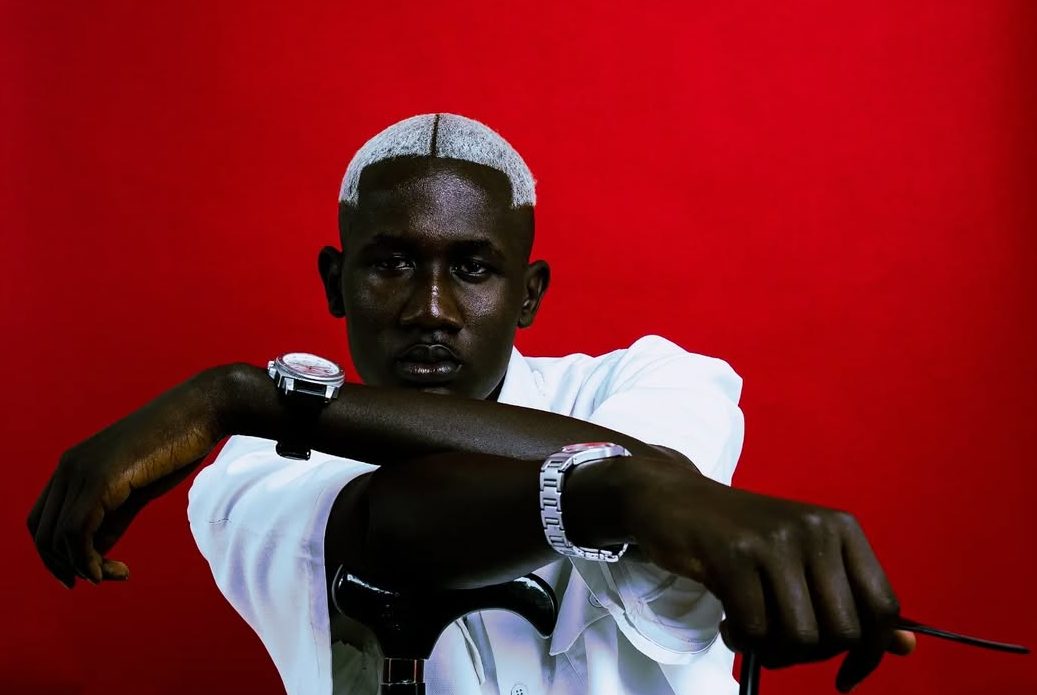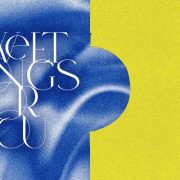“I’ve moved from the underground scene to a more commercial and global space, without ever losing touch with my identity or the streets that raised me”. – 4Mr Frank White
By Frank Njugi
In contemporary music discourse, interpolation—the re-creation or re-contextualisation of existing melodic or lyrical material—has evolved beyond mere replication. It now functions as a dialogic mechanism through which artistes engage with musical heritage and sociocultural memory. As British–American artiste, Mark Ronson, once aptly observed, ‘Sampling and interpolation are not just about copying. They’re about conversation — between past and present, between genres, and between artistes’.
It is within this framework that the work of 4Mr Frank White, a Nairobi-based rapper from Kahawa West, merits attention. Over the past three years, White has emerged as a prominent figure in Kenya’s contemporary Hip-Hop ecosystem, pioneering a distinctive sound—a genre that synthesises the rhythmic syncopations of Afro-Swing music with the fluid, street-level linguistic hybridity of Sheng and Swahili.
His Sheng Afro-Swing music exemplifies a form of aesthetic interpolation, wherein diasporic sonic elements are recontextualised within localised Kenyan narratives and linguistic codes. This offers a fertile site for exploring issues of urban identity, linguistic agency, and his desire for cultural innovation.
4Mr Frank White’s discography—including the breakout single “Alicia Keys” (2023), followed by the 2023 and 2024 albums: The Real One and Mziza Kwa Dimanga—illustrates an evolving praxis, grounded in both virtuosity and an acute awareness of the dimensions of voice, genre, and place. His latest album, Taigwa Goma, represents not merely a commercial success but a critical moment in East African music; it consolidates the Sheng/Swahili Afro-Swing genre as a legitimate field of expression.
In this exclusive interview with Afrocritik, 4Mr Frank White offers insights into his compositional methodology, his identity as an artiste, and the socio-cultural stakes of inventing a new genre rootedn the lived realities of Nairobi’s urban youth.
You go by the name 4Mr Frank White, which nods to an iconic moniker—popularised by The Notorious B.I.G. and originally drawn from Christopher Walken’s character in King of New York. Did you choose to purposefully interpolate that name? and what does it represent for you in the context of your artistry or how you see yourself within Hip-Hop history?
My name, 4Mr Frank White, was chosen purposefully and holds deep meaning for me—not just as a tribute, but as a reflection of how I see myself and where I’m headed in the culture. Yes, it does nod to that legacy—Frank White, the character from King of New York, and of course, The Notorious B.I.G., who flipped that name into what I would call something legendary.
But for me, it’s not about imitation; it’s about evolution. Frank White in the film was a complex figure: ruthless, yes, but also visionary. He wanted to reclaim power and give back to the community in his own way. That duality—the street and the strategy, the chaos and the purpose—resonates with me.
In the context of my artistry, Frank White represents ambition without apology. It’s about me stepping into my role with confidence, even when the odds are stacked against me. It’s also about challenging an existing system and finding my own voice in a space that wasn’t always built for me. As a Kenyan artiste in Hip-Hop, a genre rooted in struggle and resistance, I carry that name as a symbol of legacy and fearlessness.
The “4” in my name grounds all that ambition in my roots—Kahawa West, 44, Nairobi. That’s where I learned everything I know, and it’s where I keep my purpose. So while the name connects me to Hip-Hop history, it also pushes me to create my own chapter in it: African, raw, original, and global.
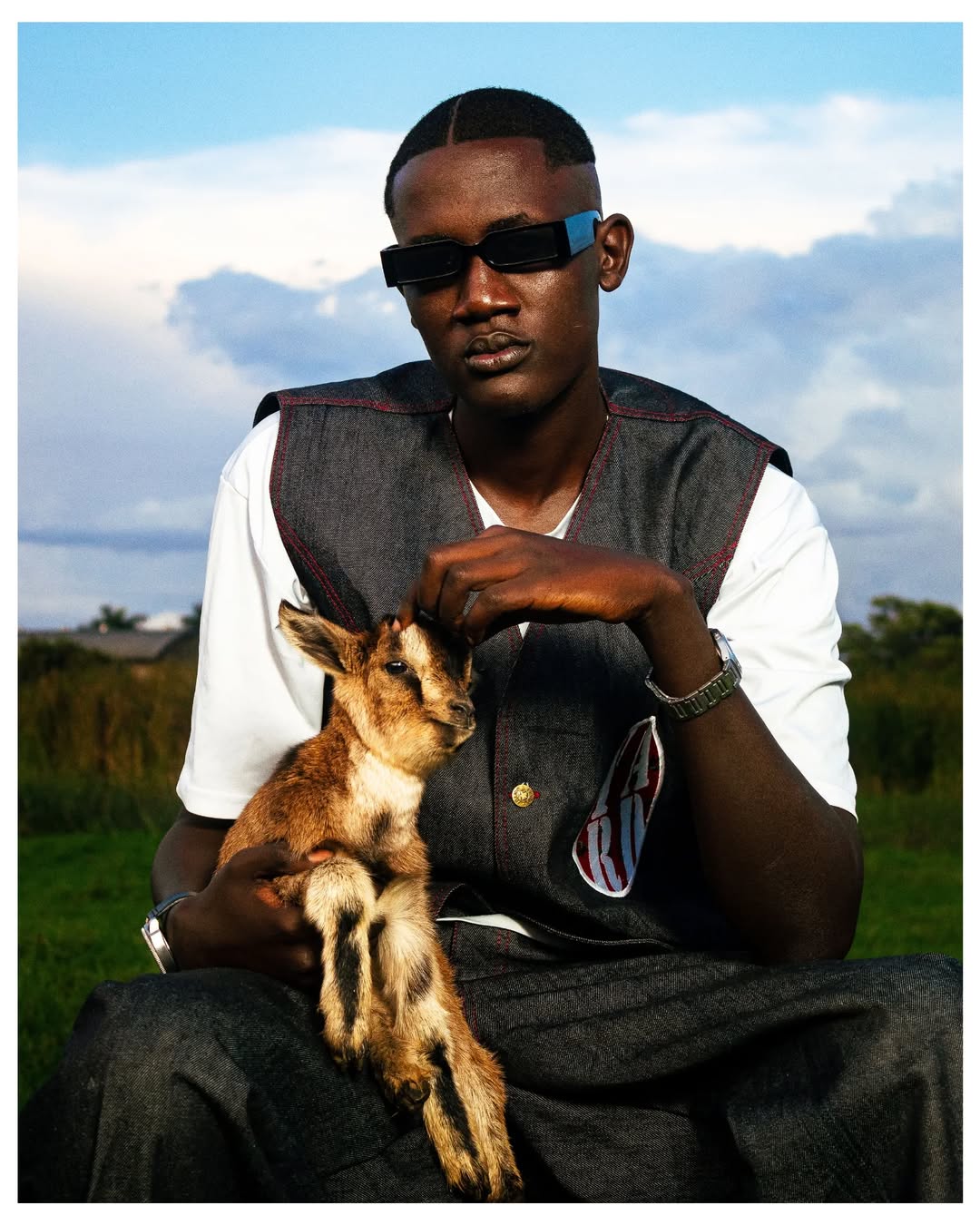
As the founder of Sheng/Swahili Afro-Swing, you’re carving out a unique space that fuses local language and global sound. How did this genre come to life for you, and what cultural or musical influences shaped its identity? Also how have your audiences responded to the blend of Sheng and Afro-Swing, especially considering how it repositions this everyday slang/lingua franca as a vehicle for musical innovation?
Sheng/Swahili Afro-Swing was born out of a desire to create something that felt true to who I am—both culturally and musically. Growing up in Nairobi, Sheng was the language of the streets, the schools, our matatus—it’s how we express ourselves every day. But for a long time, it wasn’t fully embraced in music beyond the local scene. I saw an opportunity to elevate it, not just as slang, but as a musical language that carries rhythm, energy, and identity.
The sound itself is heavily influenced by Afro-Swing from the UK, which already blends Afrobeats, Dancehall, and Rap. I just took that global template and localised it with Kenyan rhythm, Sheng cadence, and Swahili lyrical depth. Artistes like J Hus, Kojo Funds, and even early Wizkid played a part in shaping the sonics I was drawn to—but so did people close to home like E-Sir, Ukoo Flani, and even the Genge pioneers, who laid the foundation for African street poetry.
Culturally, I wanted the music to represent Nairobi the way it lives and breathes: raw, poetic, complex. Sheng isn’t just slang—it’s survival, creativity, rebellion, and humour all wrapped into one. When you mix that with the smooth, melodic bounce of Afro-Swing, you get a sound that’s both local and globally resonant.
The audience response has been amazing, especially among young Nairobians who feel seen and heard in a way that’s both fresh and familiar. For many, it’s powerful to hear their everyday language used in a genre that is international. It tells them that their stories, words, and rhythms matter—and that Kenyan culture doesn’t have to fit into someone else’s mould to go global.
This fusion is still growing, and I’m proud to be part of defining what it can be—not just for me, but for a generation of artistes coming up behind me.
Though you remain an independent artiste, your close affiliation with 4Yard Records has become a defining part of your journey. How has that relationship supported your growth, and in what ways has the team helped elevate your work through the collective’s platform?
Being independent has always been a conscious decision for me. It allows me to move freely, stay authentic, and build something on my own terms. But having 4Yard Records behind me has made that journey both powerful and sustainable. It’s more than just a label—it’s a creative home and a collective of visionaries who understand the mission at its core.
4Yard has supported my growth in ways that go far beyond just music. The team is made up of individuals who are not only talented in their own crafts—producers like UGYN, visual artists, designers, strategists—but who are also deeply committed to the bigger picture. We work as a unit, building every move with intention. From beat selection to video direction to rollout strategies, everything is purposeful and reflects our shared mission.
Whether it’s locking in studio sessions, curating visuals that match the sound, or building campaigns that speak directly to the streets and beyond, the collective has amplified what I do. I also love that it’s a space where experimentation is encouraged—we’re not chasing trends, we’re creating lanes. Most importantly, 4Yard Records allows me to represent my culture and community without compromise. It’s a platform that believes in long-term vision, not just viral moments. And as an artiste, that’s invaluable. I believe that while we’re here, we’re building not just hits, but a legacy.
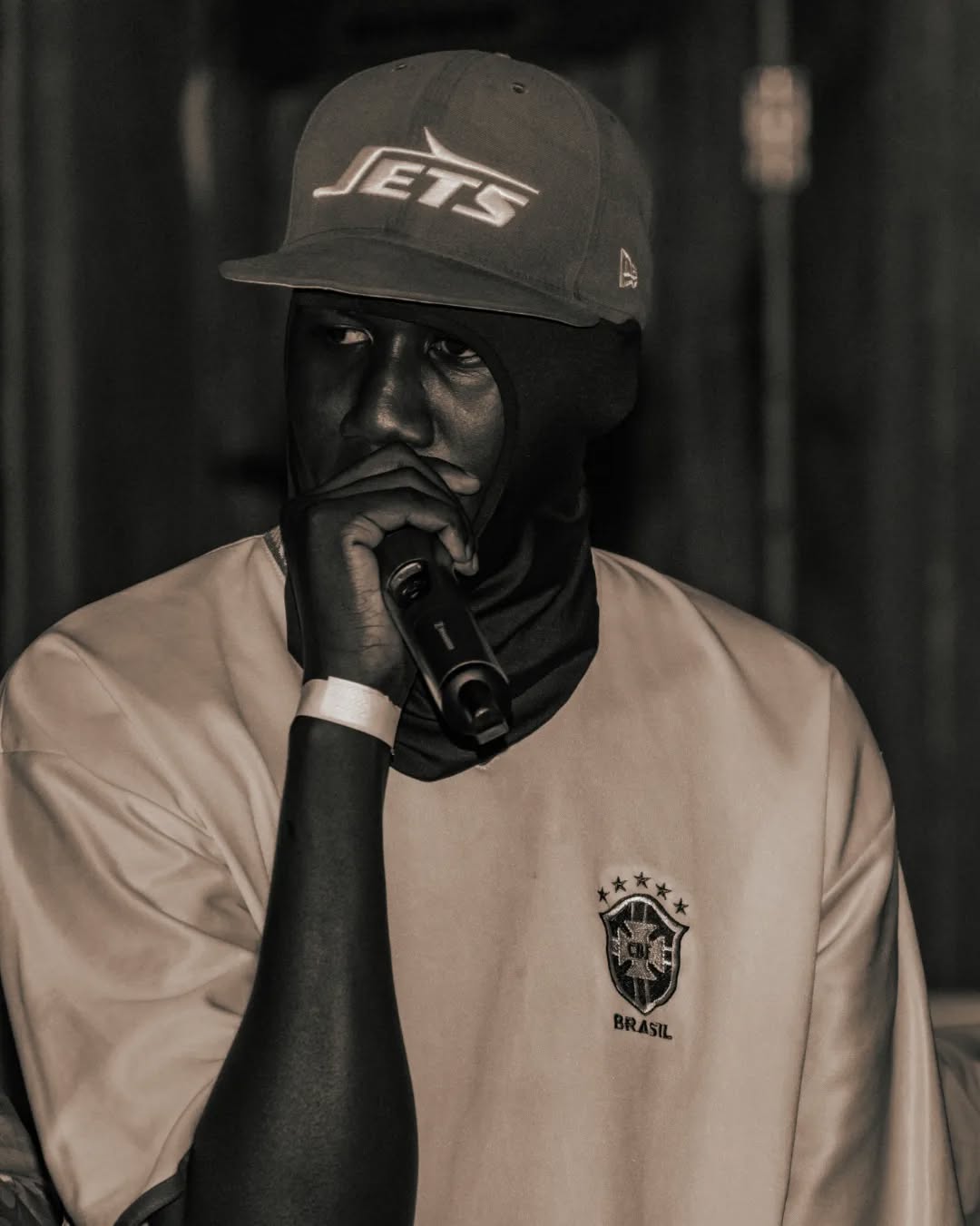
As currently an independent artist operating alongside a strong creative network, how do you maintain control over your vision while still engaging in collaborative processes? Do you see this model as a sustainable alternative to traditional label structures in today’s music industry?
Maintaining control over my vision is all about clarity and trust. From day one, I’ve been intentional about who I bring into my circle—everyone I work with, whether they’re producers, videographers, or strategists—understands the core of what I’m trying to build. We might come from different disciplines, but we’re aligned on one purpose: to tell authentic stories, push boundaries, and put the Kenyan identity at the centre of a global sound.
I stay rooted in my vision by always leading with the why—why a song matters, why this visual should look a certain way, why a message needs to land a specific way. At the same time, I trust my collaborators to bring their best ideas to the table. It’s a balance between being open to innovation and protecting the integrity of the art. We don’t work in hierarchies—we work in synergy.
As for the model, yes, I absolutely see this as a sustainable alternative to traditional label structures, especially in today’s digital-first, creator-led industry. The tools are there now—distribution, marketing, analytics, social platforms. What matters most is having a tight, dedicated team that shares the vision. You don’t need a major label to go major anymore; you need strategy, consistency, and a community that believes in what you’re building.
Independence doesn’t mean isolation—it means ownership. And when paired with the right network, it’s one of the most powerful positions an artiste can be in today.
Your latest album, Taigwa Goma, introduces some fresh sonic elements compared to your previous albums The Real One and Mziza Kwa Dimanga. Could you share what new production techniques or influences shaped the sound of this album? Was there a particular mood or atmosphere you were aiming to create with the music this time around?
With Taigwa Goma, I wanted to push my sound into new territory while still staying grounded in who I am. This album is about evolution—sonically, emotionally, and lyrically. Compared to my previous projects, it introduces more layered instrumentation, live percussive elements, and a stronger presence of uniquely East African sounds, which I fuse with Afro-Swing and trap textures. It’s still rap, still street, but there’s a new depth to it.
One significant shift was in the production approach. I worked closely with UGYN and a few other producers to explore a more immersive, cinematic feel. We used a lot of ambient textures, reversed samples, and vocal layering. We also experimented with various tempo switches and unexpected beat drops to keep our fans engaged and surprised throughout the project.
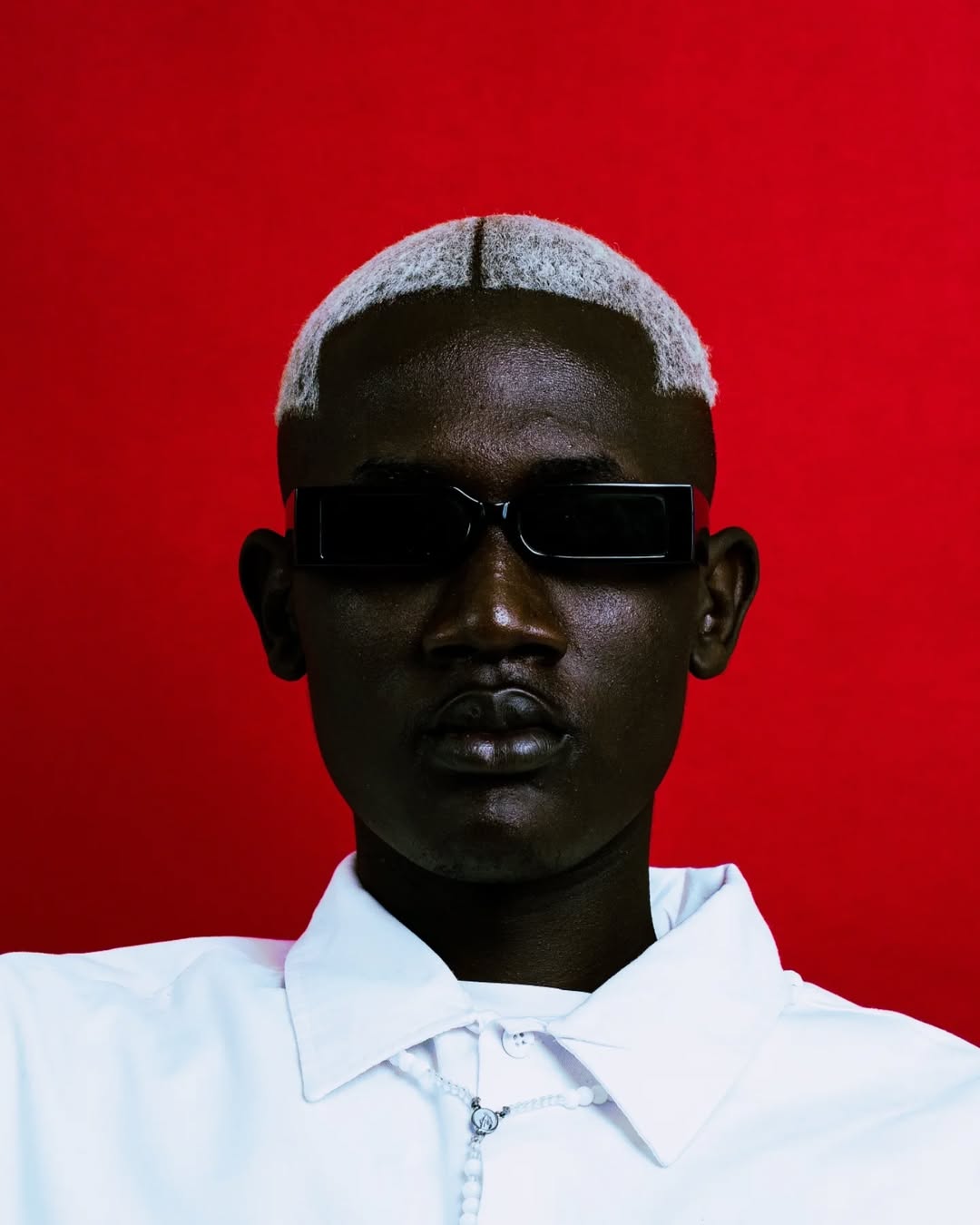
As for the mood I was going for, I’d say it’s spiritual grit. Taigwa Goma means “they heard the drum” in my context, and that’s symbolic—like a call to attention. I wanted the album to feel like a wake-up call, both to myself and my listeners. There’s struggle in the sound, but there’s also healing, pride, and movement. It’s the sound of someone who’s been through hardship but came out clearer, sharper, and more intentional.
So, this time, it wasn’t just about flexing skill—it was about creating a world of feeling. Each track plays a role in building that atmosphere, from introspective storytelling to full-on anthems. The goal was to make something that resonates on multiple levels—body, mind, and spirit.
Lyrically, Taigwa Goma seems to tackle new ground. What themes or personal experiences does the album explore, and how do they reflect your evolving perspective as an artiste? Are there any standout tracks that feel especially significant to you in this regard?
Absolutely. Taigwa Goma is more than just an album for me; it’s a reflection of my transition as an artiste and a bold statement about where I stand now. Lyrically, the album explores my journey of elevation—how I’ve moved from the underground scene to a more commercial and global space, without ever losing touch with my identity or the streets that raised me.
Thematically, it’s about growth, confidence, and breaking free from limitations. One of the core messages is confronting the misconception that I’m still just “that underground rapper.” Nah! This album is me saying, “SKIA SHETANI,” in Kikuyu—listen to what this man has to say. I’ve leveled up, and the lyrics reflect that unapologetically.
I’m no longer rapping just to prove something; I’m rapping because I’ve built something. And that shift shows in the way I approach songs now. It’s music for the fans, the culture, and the future—not just for heads in the basement. There’s still depth, still realness, but now it comes with a wider sound, a refined delivery, and the confidence of an artiste who knows his voice.
My standout track in this context is definitely the title track, “Taigwa Goma”. It captures my sense of arrival. It says, “I’ve been through it, I’ve heard the drum, and now I’m leading the rhythm.” The whole project is a reminder: I’ve grown. I’ve arrived. And I’m not a regular rapper anymore.
In contrast to The Real One and Mziza Kwa Dimanga, do you find that the creative process behind Taigwa Goma was more introspective, or did external influences (such as collaborations or shifts in your environment) play a larger role this time?
Honestly, the creative process behind Taigwa Goma was a balance of both, but it leaned more towards external influences and intentional positioning than pure introspection this time around.
With The Real One and Mziza Kwa Dimanga, I was deep in a self-exploration phase—trying to define my voice, speak on personal struggles, and represent the streets in a raw, unfiltered way. Those projects were more introspective, focused on building authenticity and establishing myself as a serious voice in the rap game.
But with Taigwa Goma, the energy shifted. This album came from a place of realisation. I knew I had evolved, and it was time the music reflected that. The creative process was more deliberate and outward-looking. I wasn’t just writing for myself anymore—I was writing for the fans, the culture, and the space I now occupy. I was more conscious of how my sound was being received, how the game was changing, and what my role in it had become.
Collaborations and my environment definitely played a bigger role this time. Being around a solid team with 4Yard Records, working with producers like UGYN, and performing at higher-profile venues gave me a different kind of focus. I was no longer making music just to survive or prove myself—I was building something bigger, more polished, more universal.
So, while there’s still depth and substance in Taigwa Goma, it’s also less about looking inward and more about claiming my space in the wider conversation. It’s the sound of an artiste who knows who he is and is ready to be heard by the world.
On May 9th, you’re releasing The Lost Tapes from the Taigwa Goma sessions. What inspired you to share these unreleased tracks, how do they differ from those on the final album, and what do you hope listeners will take away from them? How do these songs expand the story of the album, and do you think their release changes how Taigwa Goma will be understood or remembered?
Releasing The Lost Tapes is about giving my audience the fuller picture—the raw, unfiltered version of the creative journey behind Taigwa Goma. These tracks didn’t make the final cut, not because they lacked quality, but because they didn’t align with the tighter narrative or sonic direction I chose for the album. Still, they hold value as expressions of different moods, ideas, and moments from that era—grittier, looser, and often more experimental.
The motivation came from a place of gratitude and honesty. I’ve evolved a lot during the Taigwa Goma period, and these tracks represent that evolution. They show the risks I took, the internal battles I faced, and the thoughts I had while shaping the final project. Listeners can expect more underground vibes—songs that dive into street realities, personal frustrations, and emotionally raw reflections. Some were recorded in one take, others sparked in moments that didn’t quite fit the album’s blueprint.
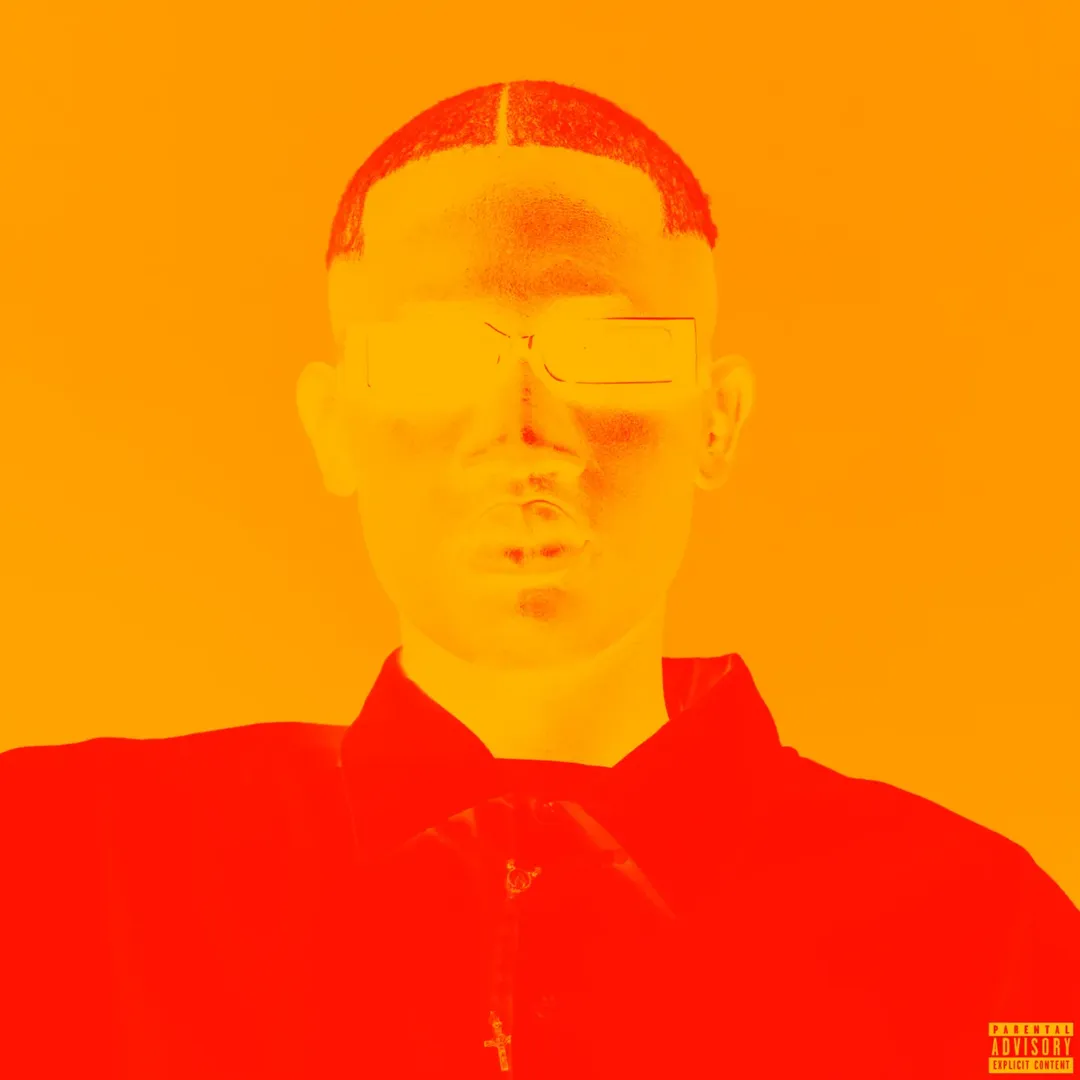
These tracks expand the story told on Taigwa Goma by peeling back another layer of the narrative. While the album emphasised growth and the transition from underground to a more commercial sound, The Lost Tapes highlights the grit and struggle behind that transformation. Thematically, they still explore identity, survival, and change—but from a more vulnerable, introspective perspective. They also touch on the pressure of success, staying true to my roots, and the darker side of my artistic journey.
I believe rather than changing how Taigwa Goma is perceived, The Lost Tapes will enhance its legacy. These songs show that the album wasn’t just a polished, high-charting moment—it was part of a bigger, ongoing process. They humanise my success, offering a glimpse into the doubts, effort, and authenticity behind the scenes. In doing so, they turn Taigwa Goma from a milestone into a multidimensional story that continues to evolve—and prove that even the tracks that didn’t make the spotlight are essential parts of the journey.
As one of the most highly regarded emerging voices in Kenyan Hip-Hop—and East African rap more broadly—from your perspective, how has the local Hip-Hop scene developed over the past few years? What are your thoughts on the broader trajectory of East African Hip-Hop and its positioning within the global landscape in the coming years?
The Kenyan Hip-Hop scene, and East African rap as a whole, has definitely undergone a massive transformation over the past few years. What I’ve observed is a shift from underground movements to a more mainstream acceptance of rap and Hip-Hop as a core part of both local and global music culture. In the past, the scene was more niche—focused on a specific set of listeners and largely confined to smaller communities. But today, we’re seeing the rise of diverse voices and styles, from Trap to Afro-Swing to more Traditional Rap, all finding a place in the larger music conversation.
One major change has been the way language is being used. More and more artistes are embracing local languages like Swahili, Sheng, and Kikuyu—a significant shift from the past, when Hip-Hop was mostly delivered in English. The use of Sheng, especially, has brought a unique edge to East African Hip-Hop. It has become a way for artistes to communicate in a more authentic, relatable manner—speaking directly to the youth and reflecting the true urban experience. This localisation of Hip-Hop is one of the things that sets East African rap apart.
In terms of the global trajectory, East African Hip-Hop is in a really exciting position. Artistes from the region are now finding global audiences through platforms like YouTube, SoundCloud, and even TikTok. We’re seeing collaborations with international artists and growing recognition of East African rap on global stages—festivals, streams, and charts. What’s exciting is that East African Hip-Hop is no longer just a local export; it’s becoming a global influence in its own right. The sound is distinct, bold, and carries significant cultural weight.
Looking ahead, I believe East African Hip-Hop is only going to become bigger and more influential. With the rise of platforms that allow artistes to share their music and culture on a global stage, the next few years will likely bring even more cross-border collaborations, innovative sounds, and cultural exchanges. We’ll see more Kenyan, Ugandan, Tanzanian, and even Ethiopian artistes gaining recognition worldwide—not just in Hip-Hop, but across genres.
In many ways, we’re still defining our place in the global conversation, but it’s clear that East African Hip-Hop has the potential to become a global force in the years ahead. The creativity, energy, and authenticity that define the scene are unlike anywhere else—and I believe the world is starting to take notice.
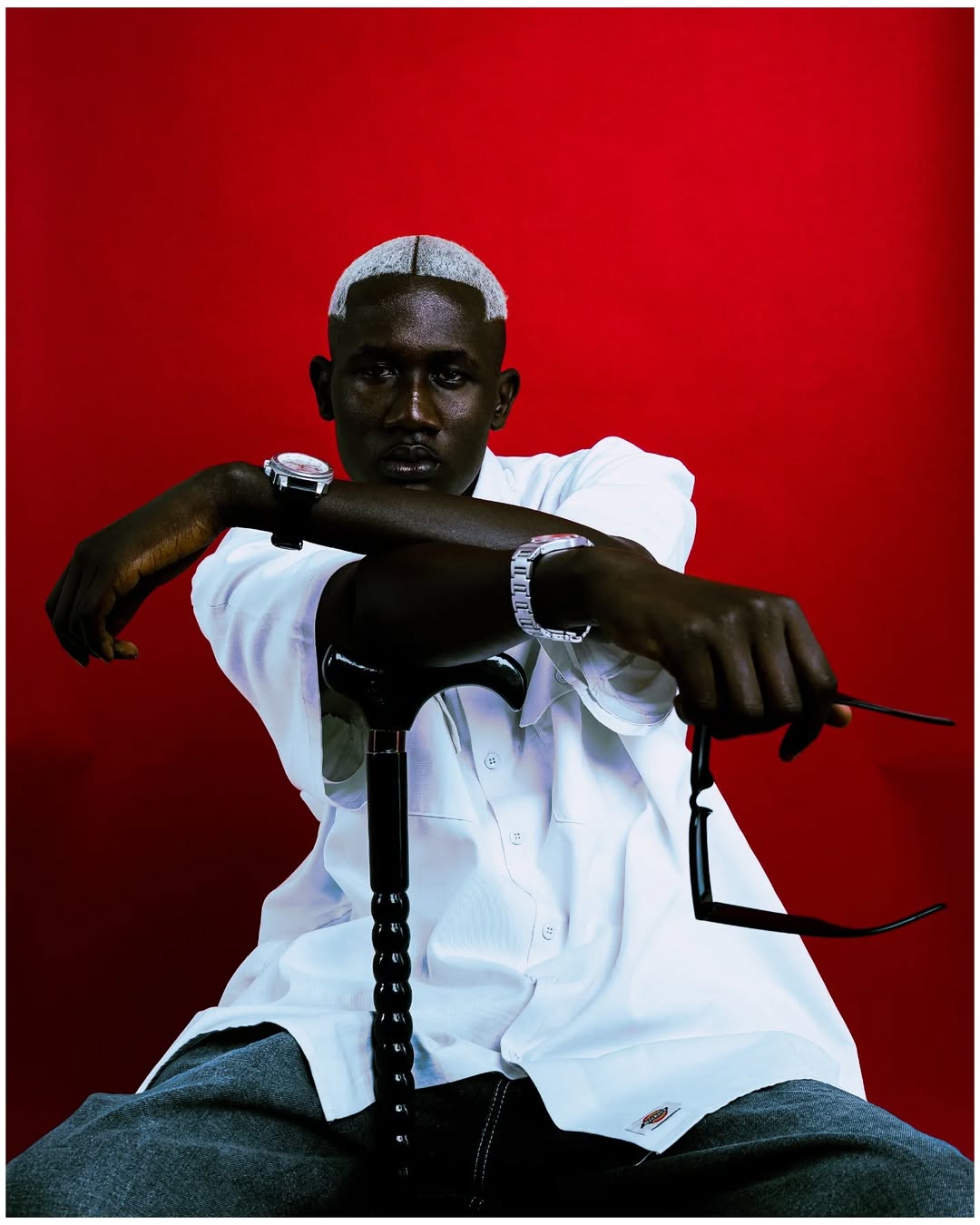
Looking ahead, what can we expect from you in terms of both your music and artistry?
I’m always pushing myself to grow, experiment, and expand my boundaries, so you can expect new sounds, fresh collaborations, and a deeper exploration of who I am as an artiste and individual.
Musically, I’m already working on new projects that continue to blend Afro-Swing, Rap, and other global influences—but with more dynamic and experimental sounds. I want to keep elevating my craft, making music that feels authentic to my roots while also resonating on a broader, international scale. With each new release, I aim to expand my sonic palette.
In terms of artistry, I’m looking to do more than just make music. I want to delve deeper into the visuals and storytelling behind my projects. I plan to collaborate with visual artists, directors, and other creatives to create experiences that are more than just albums—multidimensional artistic statements. Whether it’s through music videos, live performances, or other creative expressions, I want my artistry to extend beyond the music itself.
Beyond that, I’m also committed to making a deeper impact on the local music community—helping to nurture and mentor upcoming artistes, and building platforms for more talent to be recognised. The ultimate goal is to be part of something bigger than myself, contributing to the growth of East African music and leaving a lasting legacy.
So, in short: more innovation, more collaborations, more growth—and definitely a lot more authenticity. As I continue to evolve, I’m excited to bring my fans along for the ride. Stay tuned!
Frank Njugi is an Award-winning Kenyan Writer, Culture journalist and Critic who has written on the East African and African culture scene for platforms such as Debunk Media, Republic Journal, Sinema Focus, Culture Africa, Drummr Africa, The Elephant, Wakilisha Africa, The Moveee, Africa in Dialogue, Afrocritik and others. He tweets as @franknjugi.


